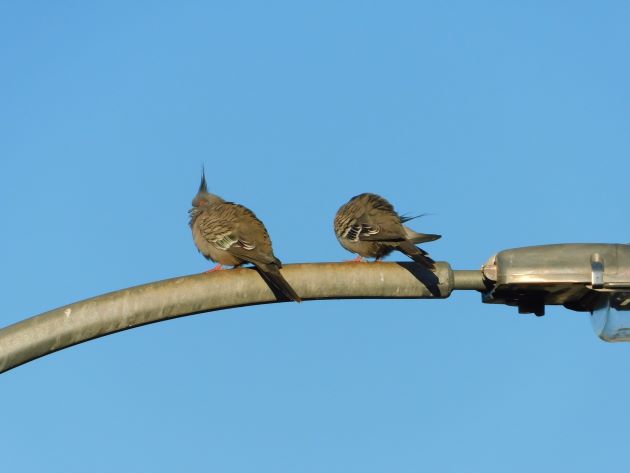
In Broome we do not have much difference with our maximum temperatures throughout the year. Generally our maximum temperature is around 32c for the most part of the year, but in Winter the overnight temperature is much lower than in the Summer. Our overnight Summer temperature can often be 29c with high humidity, but at the moment during our Winter it can get a lot colder. On Monday 13th June our early morning temperature was only 12c, but it didn’t take too long for the sun to warm us up to 30c. Also our location means that there is not a lot of difference between sunrise and sunset throughout the year. In the Summer our sunrise is around 5am and sunset is around 6.20pm. At the moment, in Winter, our sunrise is around 6.20am and sunset around 5.20pm. You can check the times here.
This past week it has felt cold when I have been out walking around 7am, but it has been very worthwhile. The low humidity makes for a very blue sky and the moon has been clearly visible when I have photographed some of our local birds. All of the birds have appeared cold when I go out with my extra layers on. The birds are either huddled up or sitting as high as they can to capture the sun or both as you can see with the Crested Pigeons above.
The first bird that I hear every morning around 5am is the Striated Pardalote and they are currently nesting in the drain out the back of our home. The storm water runs through the drain when we have heavy rain events, but for now it is the perfect area for them to nest.
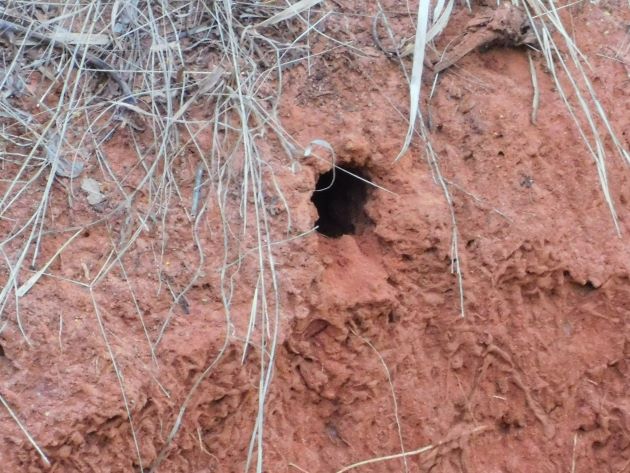
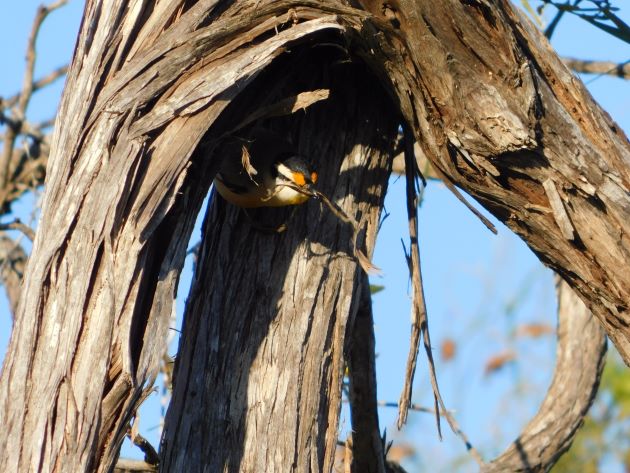
Striated Pardalote nest and nesting material
The Peaceful Doves, Bar-shouldered Doves and Diamond Doves have had to decide between warming up in the sun or feeding. For our Winter months we have had the firebreaks graded around our bush areas and that has been prefect for the birds to access the dense bush and of course myself! Diamond Doves are not very common in town, but arrive when there is less water at the ephemeral lakes. There have also been large flocks of Cockatiels and Budgerigars over our home in recent weeks for the same reason.
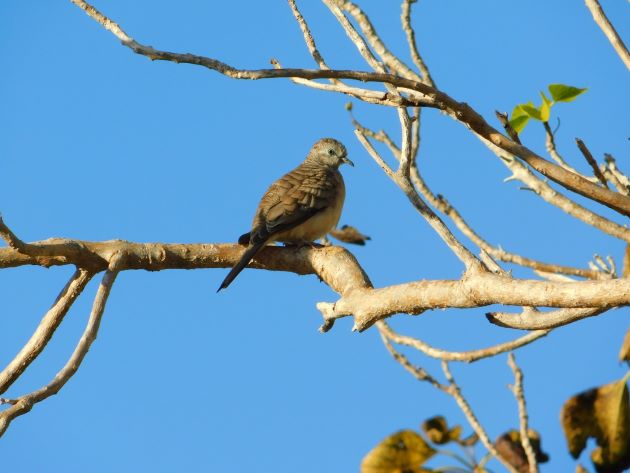
Peaceful Dove in the sun
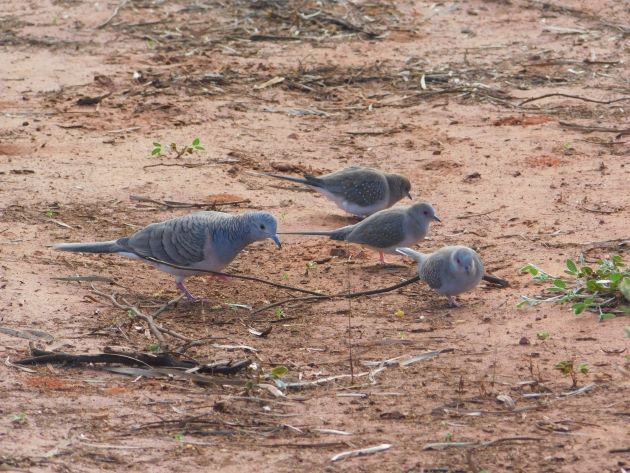
Bar-shouldered Dove and Diamond Doves on the firebreak track
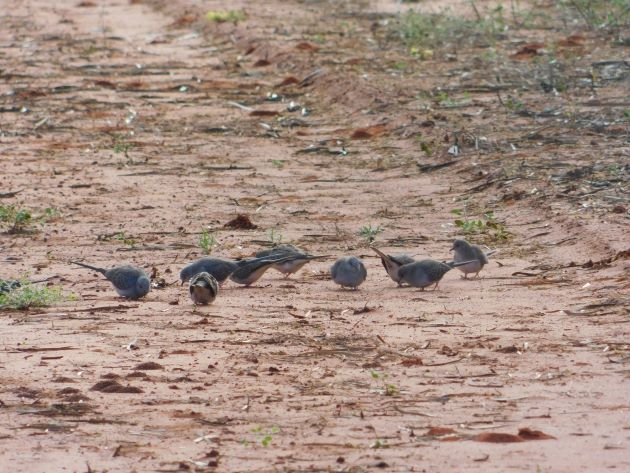
Diamond Doves on the firebreak track
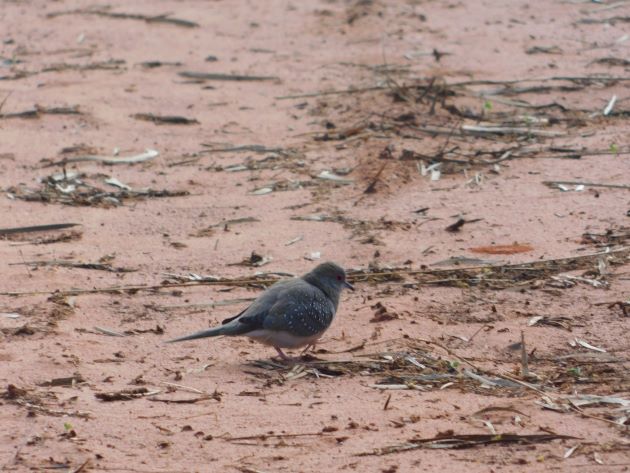
A fluffed up Diamond Dove
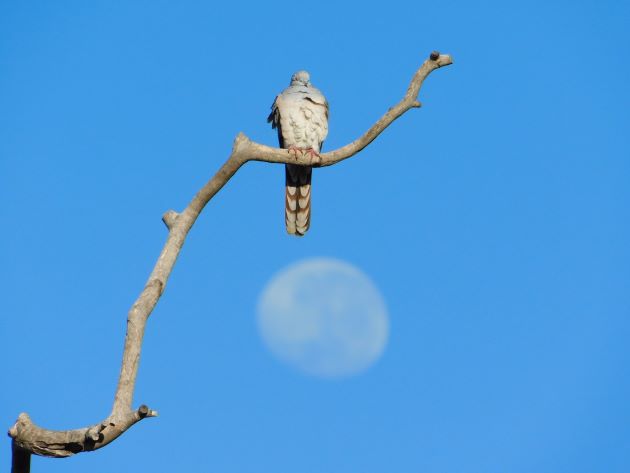
Bar-shouldered Dove and the moon
The Black Kites are more prevalent in town now too and take advantage of the morning sun.
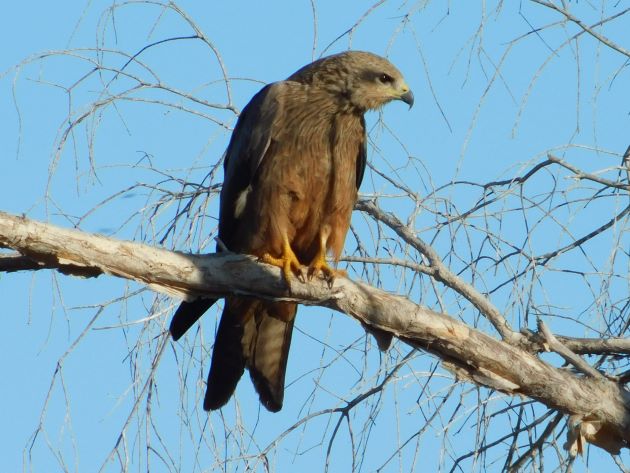
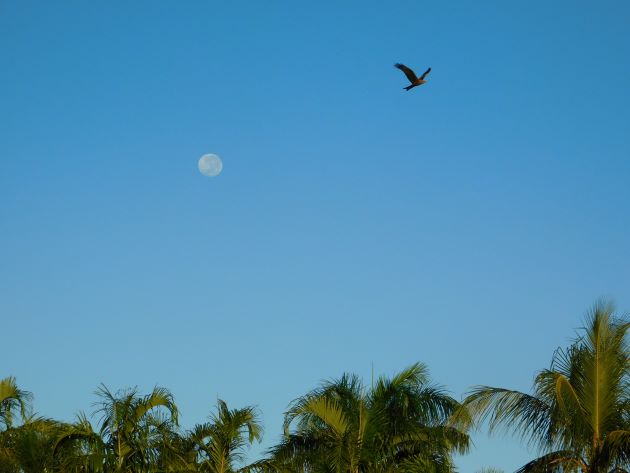
Black Kite and the moon
The Rainbow Bee-eaters have looked so beautiful in the early light and they also take advantage of anywhere that they can catch a few rays of warmth!
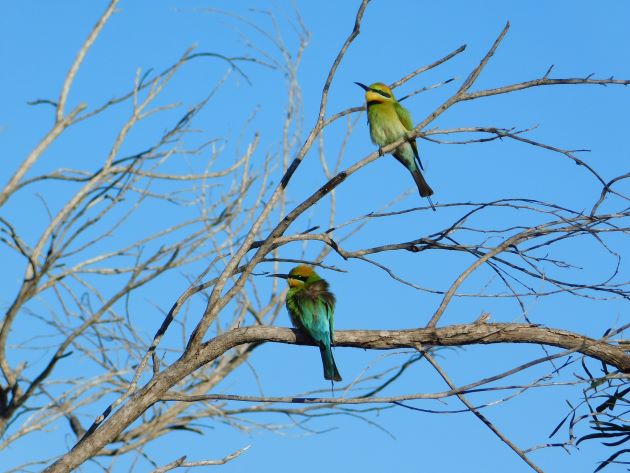
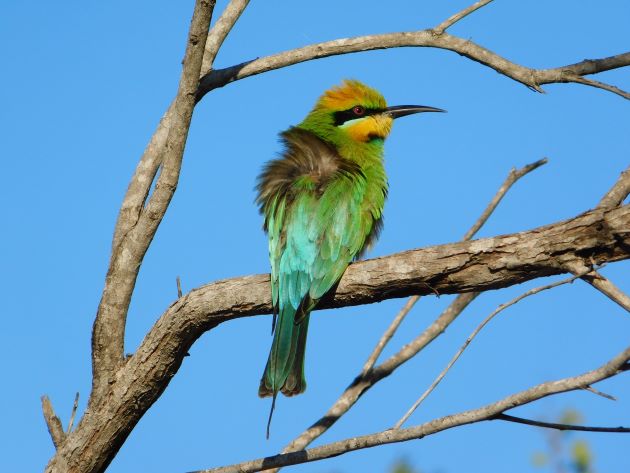
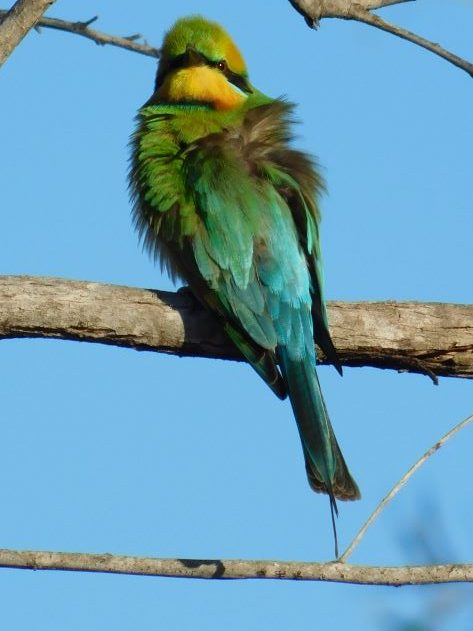
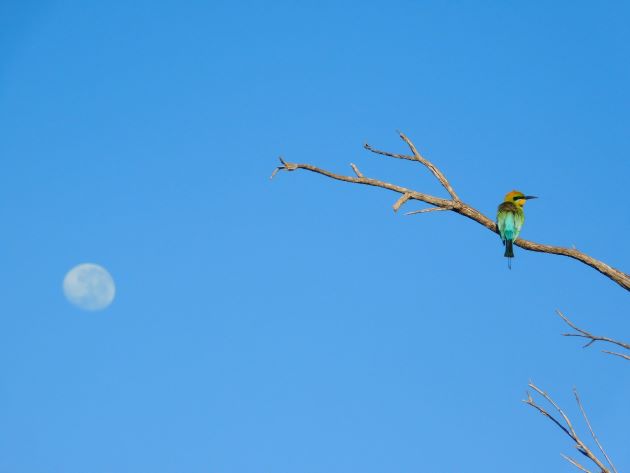
Rainbow Bee-eaters and the moon
Often I observe the White-breasted Woodswallows huddled together and then they all take off to feed together and land back in the tree.
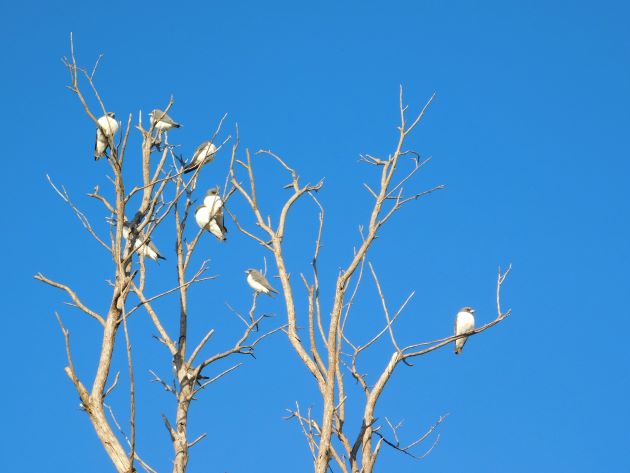
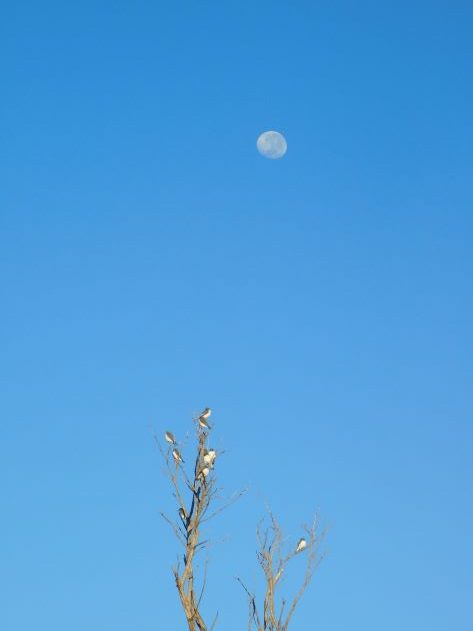
White-breasted Woodswallows and the moon
The Singing Honeyeaters, Brown Honeyeaters, Little Friarbirds, Mistletoebirds, Paperbark Flycatchers and White-winged Trillers are now active in the bush early on and often perch on empty branches for me!
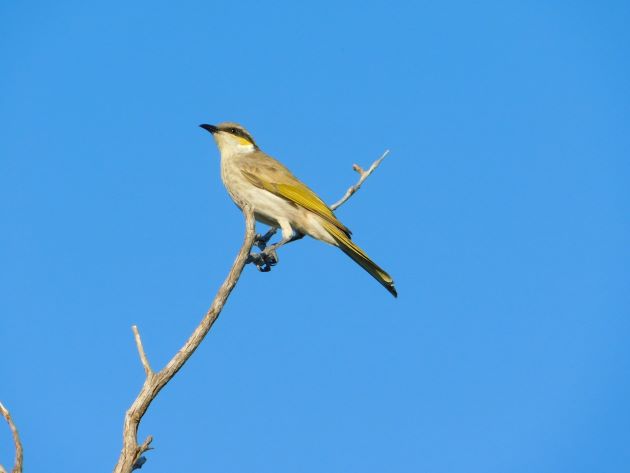
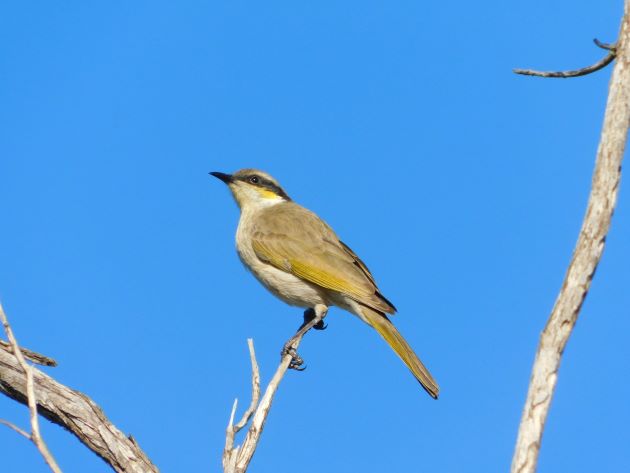
Singing Honeyeater
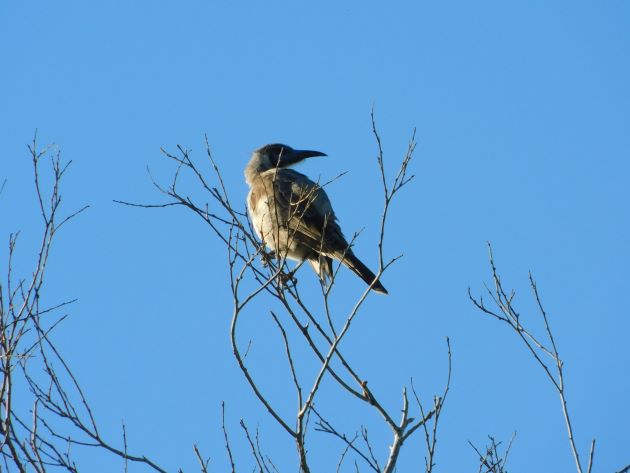
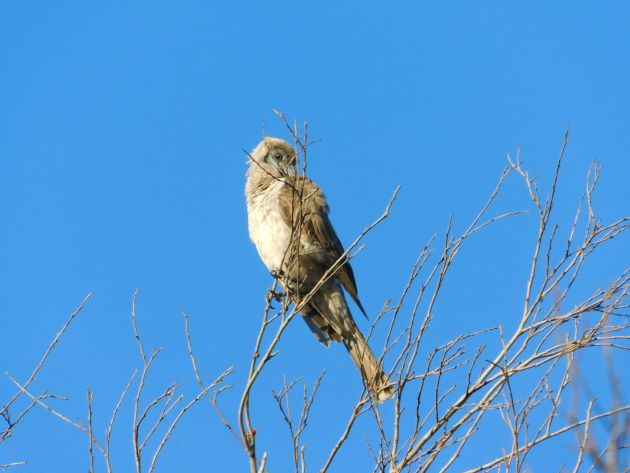
Little Friarbird
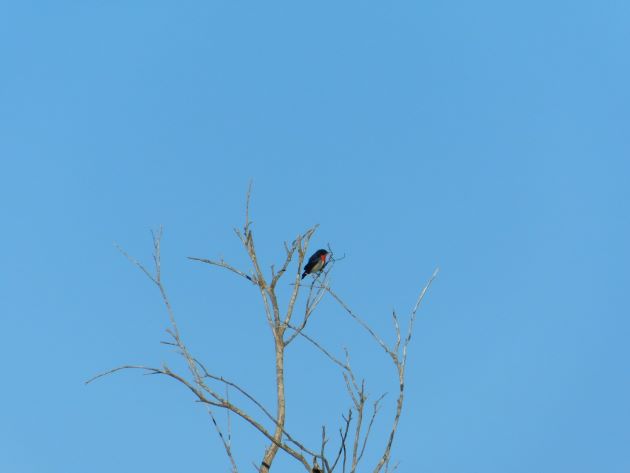
Mistletoebird
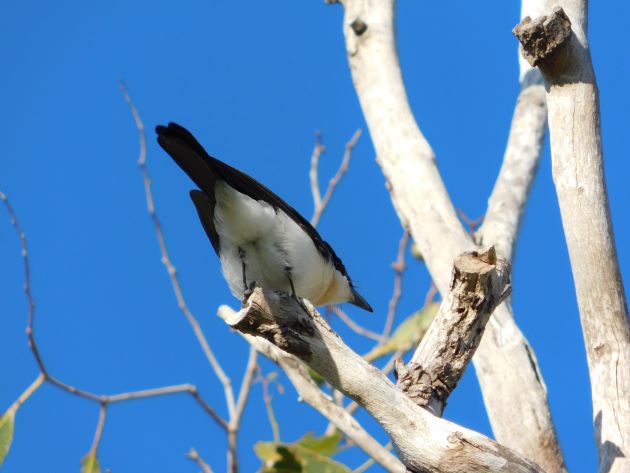
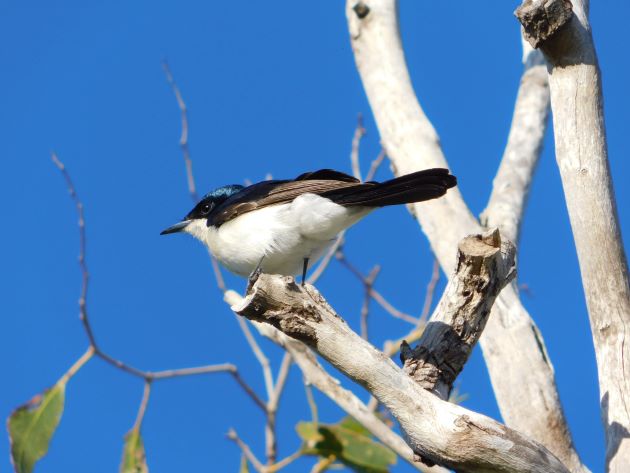
Paperbark Flycatcher
The extremely vocal Blue-winged Kookaburras appear to prefer to perch on the power lines for early morning warmth from the sun!
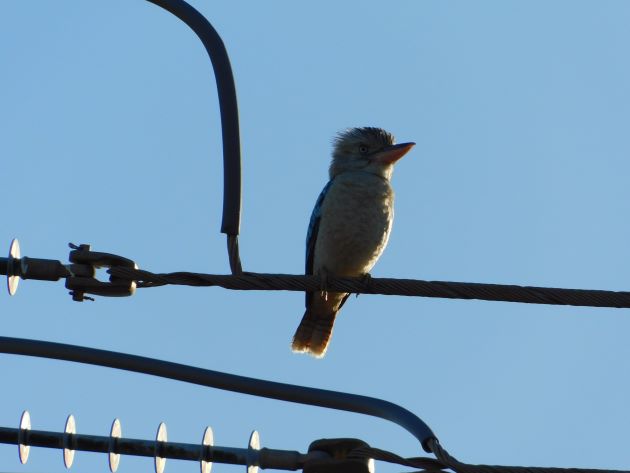
Blue-winged Kookaburra
The Hakea Macrocarpa in Cygnet Park has mostly finished flowering, but I have found a few other trees that are attracting a lot of birds including the Yellow White-eyes and the Little Corellas.
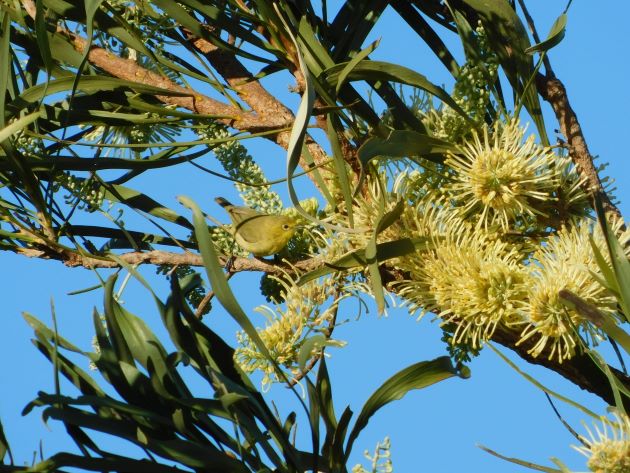
Yellow White-eye
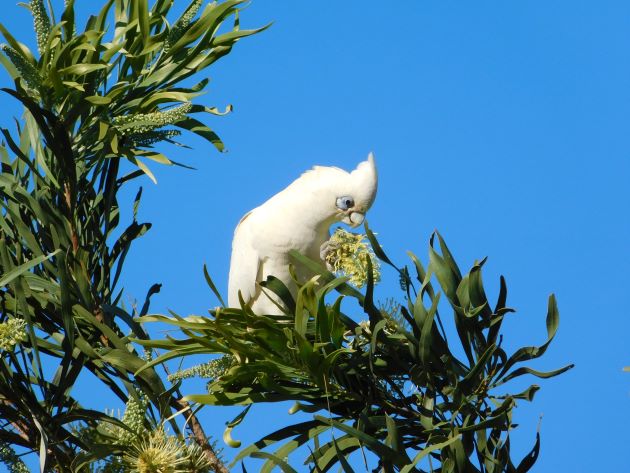
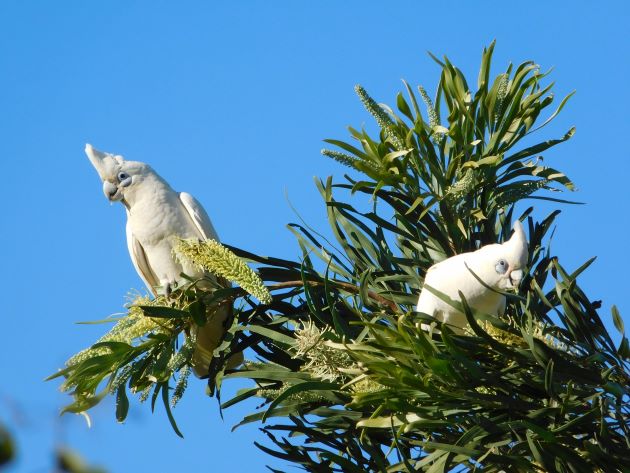
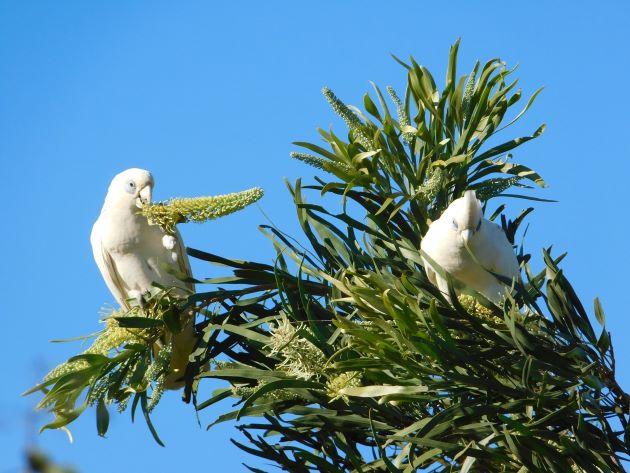
Little Corellas
I have found that the Double-barred Finch are mostly preening first thing or feeding. There have been some Zebra Finch this week, but the Double-barred Finch are the most common of the finches nowadays. When we first moved into our home twenty two years ago Long-tailed Finch were very common, but we don’t see them at home nowadays.
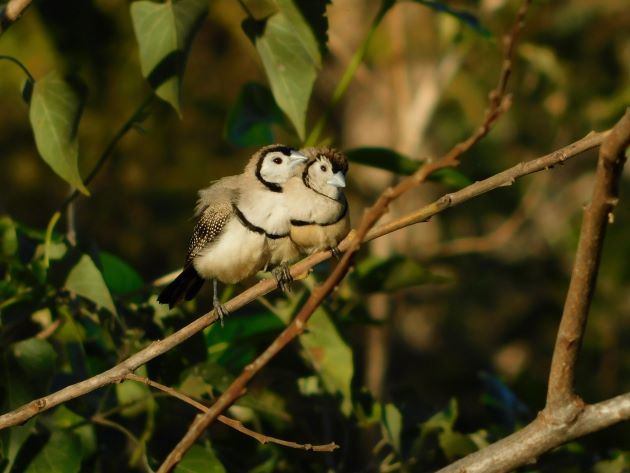
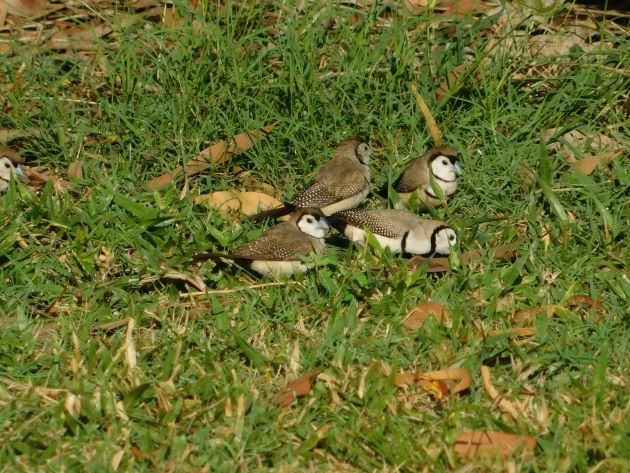
Double-barred Finch
The nicest surprise this past week on my walk has been a lone Red-headed Honeyeater. Normally we would visit Streeter’s Jetty to observe them, but I caught one resting briefly in a tree.

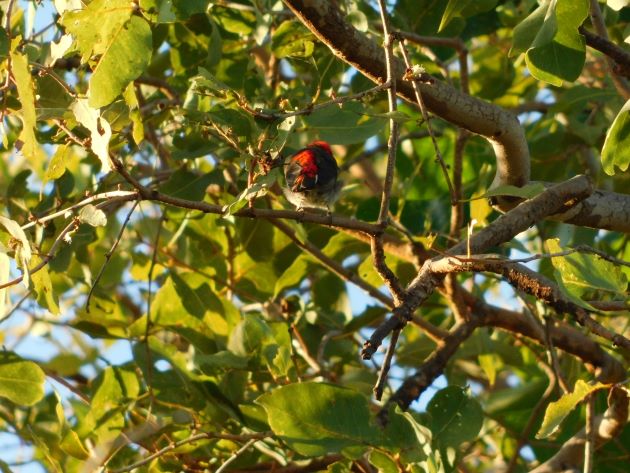
Red-headed Honeyeater
This is only a handful of the birds that I have photographed this past week under a crisp, blue sky. It gives me a chance to wear socks and an extra layer for a change!


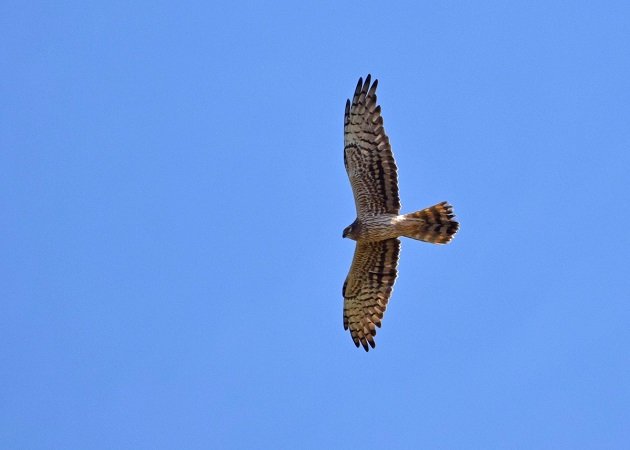
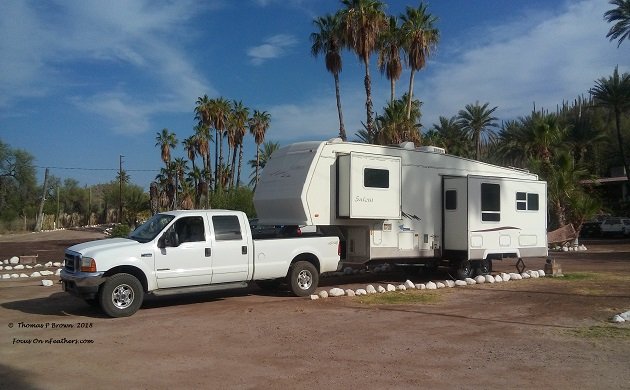
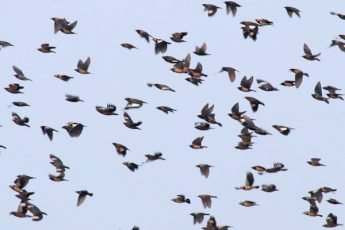

 New writers welcome – please contact us for details.
New writers welcome – please contact us for details.

















I very much enjoyed this vicarious experience. Thank you once again, Clare!
Striated Pardalote! Rainbow Bee-eaters! Little Corellas! What spectacular birds to see on your morning walk. I liked the photos with birds and the moon, too.
Thanks, Ruth and Wendy!